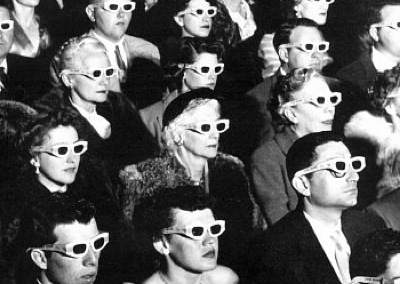Veteran industry analyst Jon Peddie says the current state of 3D can best be summed up as five incompatible growing markets on 13 different platforms.
As expected, the big screen generates the big numbers – over $10 billion in 2011 – with just 11,000 screens worldwide. Meanwhile, the little screen – handhelds, TVs and handheld game consoles – showed 3D on over 23 million displays in 2011.

”There are seven types of display decoder technologies that deliver S3D on at least 13 platforms, making the combination a potential 91 examples,” Peddie explained.
“But not every platform can use every decoder, and therefore we have determined that there are 29 practical combinations.”
According to the analyst, while Stereovision has primarily been associated with 3D movies and games, its use is much more far-reaching. Indeed, Stereovision or S3D is increasingly used for live concerts and sports events in theaters and streamed to tablets and TVs, uploaded to YouTube and other video sharing sites, and for stereo photos shown on PCs, digital picture frames, and mobile phones.
Meanwhile, S3D is also used in scientific and engineering applications such as display of automobiles during the design phase, in medical study and surgical practice, for molecular study, and astronomical visualization.
As such, says Peddie, the advent of S3D sensors and displays on mobile devices means new opportunities for the rapidly evolving format is on the way.
“The addition of depth information provided by S3D enhances the quality and the quantity of information coming into the device and augmented reality applications will become even more compelling and powerful,” he predicted.
Nevertheless, Peddie emphasized that S3D is a component, not an industry.
“Like color, sound, motion sensing, it is a feature that augments content and makes it richer, but if the content isn’t good in the first place, S3D is not going to help… The industry is well past the stage of novelty and it’s time to start exploring the potential of S3D,” he added.






